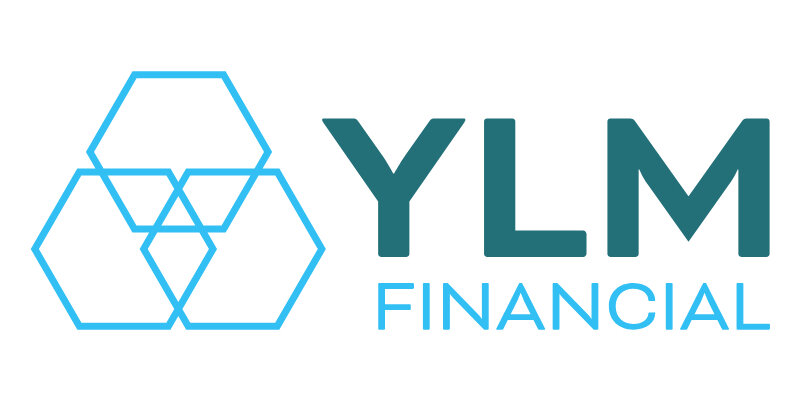
Understanding the Basics of Mortgage Lending:
A Comprehensive Guide for First-Time Homebuyers
Purchasing your first home is an exhilarating step, but navigating the maze of mortgage lending can be daunting. Understanding mortgage basics is crucial not only for securing a favorable deal but also for making informed financial decisions that align with your long-term goals. This comprehensive guide is designed to demystify the process for first-time homebuyers, covering everything from the types of mortgages available to the intricacies of interest rates and loan terms.
What is a Mortgage?
A mortgage is a type of loan specifically used to purchase real estate. In this arrangement, the property itself serves as collateral for the loan. If the borrower fails to make the agreed-upon payments, the lender can seize the property to recover their funds, a process known as foreclosure.
Types of Mortgages
Understanding the different types of mortgages is essential for choosing the right one for your needs. The two primary types are:
Fixed-Rate Mortgages: These loans have an interest rate that remains constant throughout the duration of the loan. The predictable nature of the payment schedule helps homeowners manage their budget more effectively, making this type of mortgage particularly popular among those who plan to stay in their homes for a long time.
Adjustable-Rate Mortgages (ARMs): ARMs begin with an introductory period where the interest rate is typically lower than the average for fixed-rate mortgages. After this period, the rate adjusts at a predefined frequency based on market conditions. While ARMs can offer lower initial payments, they carry the risk of increasing rates and payments, which can be challenging to manage.
Other less common types include interest-only mortgages, where borrowers pay only the interest on the loan for a certain period, and balloon mortgages, which require a large payment at the end of the loan term.
Understanding Mortgage Terms
Mortgage terms can vary significantly, with the most common lengths being 15 and 30 years. Shorter-term mortgages typically have higher monthly payments but lower overall interest costs, which can save money in the long run. Longer terms offer more manageable monthly payments but result in higher total interest costs over the life of the loan.
Interest Rates and Their Impact
The interest rate on a mortgage is one of the most critical factors as it determines the cost of borrowing money. Rates can be influenced by a variety of factors including economic conditions, the borrower's credit score, and the loan's terms.
Fixed vs. Adjustable Interest Rates
Fixed Interest Rates offer stability as your mortgage payments remain unchanged for the duration of the loan. This predictability makes budgeting easier and shields you from interest rate increases in the market.
Adjustable Interest Rates can fluctuate, which means your payments may increase or decrease. Although the initial lower rates can be attractive, especially to those who plan to move before the end of the introductory period, they pose a risk if interest rates rise significantly.
The Role of Credit Scores
Your credit score is a pivotal element in the mortgage process. It influences not only your ability to secure a loan but also the terms and interest rate you are offered. Higher credit scores signify lower risk to lenders, which can result in more favorable interest rates.
How to Improve Your Credit Score
Pay Bills on Time: Consistent, timely bill payments can significantly enhance your credit score.
Reduce Debt: Lowering your credit utilization ratio — the percentage of your credit limit used — can boost your score.
Avoid New Credit Applications: Each application can cause a small, temporary dip in your credit score.
Down Payments and Their Importance
The down payment is the portion of the property's price that you pay upfront, typically ranging from 3% to 20% of the purchase price. A larger down payment can reduce your monthly payments and possibly eliminate the need for Private Mortgage Insurance (PMI), which protects the lender if you default on the loan.
How to Save for a Down Payment
Set a Goal: Determine how much you need to save and by when.
Budget: Adjust your budget to increase savings for your down payment.
Automatic Savings Plans: Automatically transferring money into a savings account can simplify the saving process.
The Mortgage Application Process
Getting a mortgage involves several steps from pre-approval to closing:
Pre-approval: This initial step involves a lender assessing your finances to determine how much they are willing to lend. This not only helps in budgeting but also in making you a more attractive buyer.
Finding a Home: Once pre-approved, you can shop for a home that fits within the pre-approved amount.
Loan Application: After choosing a home, you complete a loan application and provide necessary documents like pay stubs, tax returns, and bank statements.
Underwriting: The lender reviews the application and performs a detailed financial check.
Closing: This final step involves signing all paperwork, paying closing

